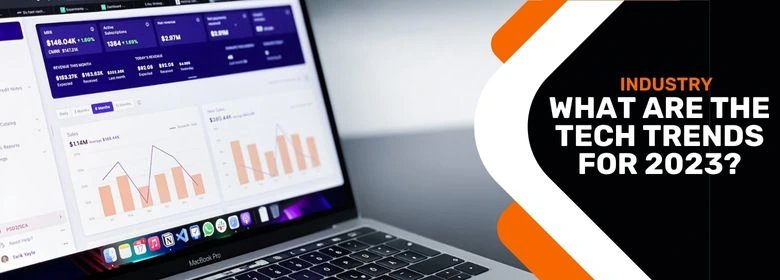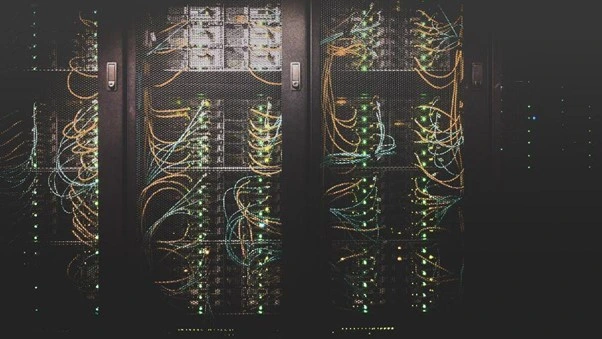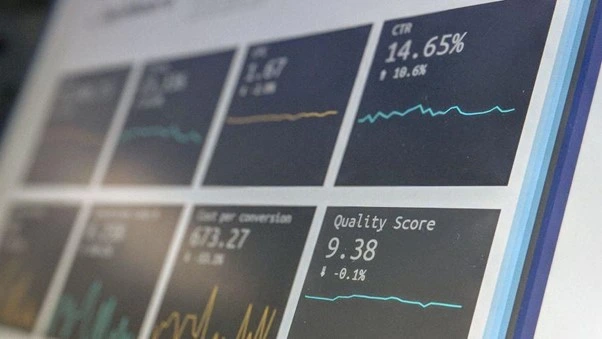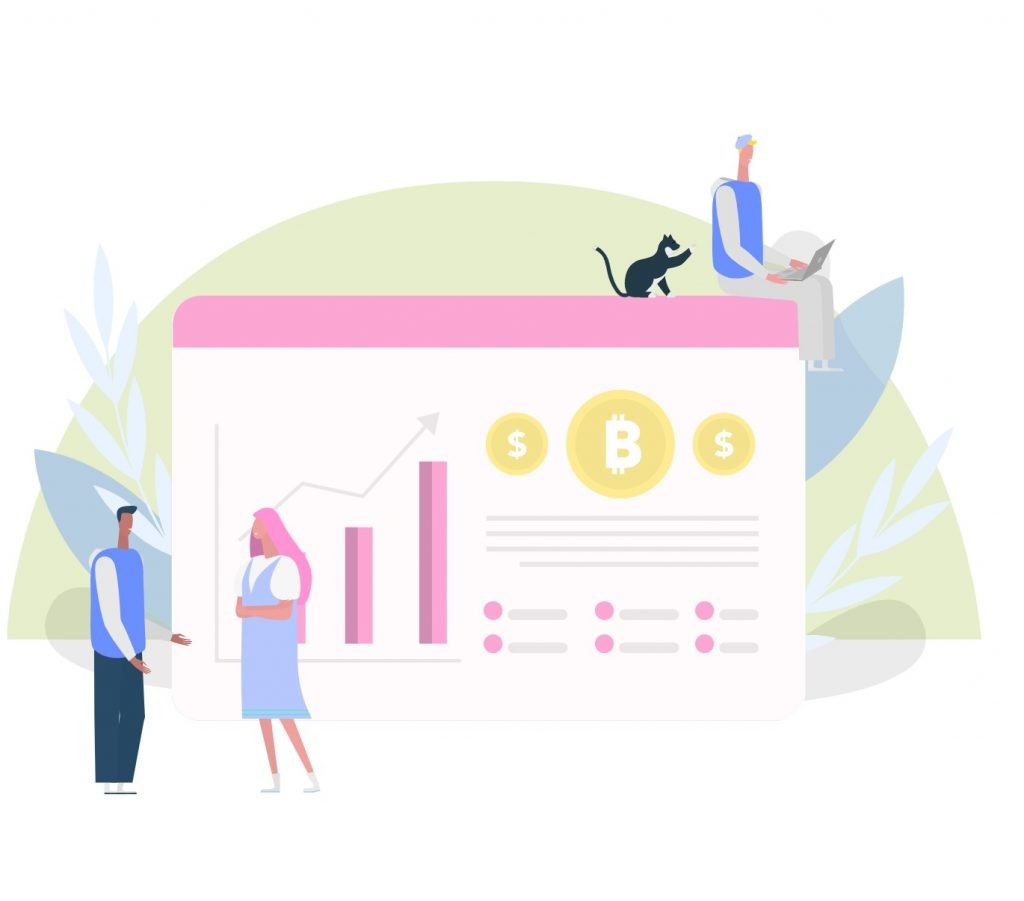Technology Trends in 2023: What You Need to Know

As job seekers, it is imperative to keep up with the latest trends in technology regardless of the industry from which you hail. Having this knowledge allows you to find and apply for jobs since you would have an awareness of where new work opportunities can be found. Not only that but staying up-to-date with these trends also helps you to constantly update and refresh your skills and knowledge to ensure your skills remain relevant in an increasingly fast-changing world.
The adoption of technology and digitalisation of businesses across all industries continues to be a key development worldwide. The technology industry will continue to grow exponentially worldwide. In Singapore alone, it is projected to grow from US$5.9 billion in 2020 to US$8.5 billion by 2025 with an increasing number of businesses in the country turning to cloud-based solutions, mobile applications, and other software-enabled services. Globally, spending on information technology (IT) is estimated to reach $4.6 billion in 2023 in areas such as communications services, IT services, devices, software and data centre systems, a 5.1% increase compared to spending in 2022.
This article will explore the latest technology trends across various industries and will cover the following four sectors: cybersecurity, product marketing and management, software development, and data analytics.

Top 5 Cybersecurity Trends You Should Look Out For in 2023
- Artificial Intelligence (AI)-Powered Security
- Implementation of Zero Trust Security Models
- Cloud Security
- Internet of Things (IoT) Security
- Blockchain Security
Product Management and Marketing Technology Trends 2023
- Digitisation
- Storytelling for Product Marketing
- Social Media Marketing
- Intelligent Personalisation
- Voice Search Optimisation
Technology Trends in Software Development for 2023
Data Trends in 2023
- Increased Use of Machine Learning and Artificial Intelligence
- Automation of Data Analysis
- Data as a Service (DaaS)
- Edge Computing
- Advanced Visualisation Tools
Endnote
Top 5 Cybersecurity Trends You Should Look Out For in 2023
With the ever-increasing complexity and sophistication of cyber-attacks and threats, companies worldwide have increased their cybersecurity investments from US$34 billion in 2017 to US$60.2 billion in 2021.
In Cisco’s Future of Secure Remote Work Report, 61% of survey respondents reported that their organisations experienced a 25% increase in cyber threats since March 2020. With threats to cybersecurity set to increase, this domain of cybersecurity will remain a primary focus for organisations in 2023.
Below are the top 5 emerging technology trends in cybersecurity that will help you keep abreast of key developments in the industry:
1. Artificial Intelligence (AI)-Powered Security
In 2023, organisations will use AI and machine learning (ML) technologies to automate many of their security processes, such as patch management, intrusion detection, and malware defence. AI and ML can also be used to reduce the risk of an attack by detecting and responding to threats more quickly and accurately.
2. Implementation of Zero Trust Security Models
A zero trust security model assumes that all users and systems are untrusted. It requires all users, regardless of whether they are inside or outside an organisation’s network, to be continuously authenticated, authorised and validated for security purposes before gaining access to applications or data. According to Gartner, by 2025 60% of organisations will embrace the Zero Trust security model as a starting point for security.
3. Cloud Security
The popularity of cloud-based solutions will continue to grow in 2023. According to an Accenture report, malware attacks can cost an organisation 2.6 million dollars. Due to the costly threat of malware attacks, companies will be focusing more on ensuring the security of their cloud-based resources.

4. Internet of Things (IoT) Security
IoT threats occur when hackers attack unprotected ports on these devices and infect these ports with malware. Organisations will be required to invest more resources into the security of these devices to prevent them from becoming easy targets for malicious actors.
5. Blockchain Security
With the potential to provide secure data sharing and storage, blockchain technology will continue to be popular in the security industry in 2023. A recent report says that the blockchain security market is expected to reach $1.57 billion by 2023, up from $0.178 billion in 2018, at a compound annual growth rate of 43.73%.
Product Management and Marketing Technology Trends 2023
The changing technological landscape and shifting consumer needs have given rise to several trends that companies will use to manage and market their products in 2023.
Here are the top five Technology Trends for Product Management and Marketing
1. Digitisation
Digitisation means using digital technologies such as analytics and customer relationship management (CRM) software to enhance product management and marketing activities. 2023 will witness a rise in the use of digital tools to gather and evaluate data on customer preferences, trends, and insights. It will help businesses understand their customers better, allowing them to create tailored products and services to their customers, and improve the effectiveness of their marketing campaigns.
2. Storytelling for Product Marketing
In 2023, product marketing will focus more on storytelling than ever before. Companies will create stories that demonstrate how their products solve customers' problems and make their lives easier. They will use visuals, videos, and engaging content to bring their stories to life to make products more memorable to customers.
They might also leverage digital platforms to create interactive experiences for customers to help them better understand the product and its benefits. Data will also play a major role in personalising the story to make it more relevant and engaging.

Social media is becoming increasingly important for product management and marketing in terms of customer engagement, brand building, and customer support.
All the efforts put into storytelling will be in vain if the targeted customers do not ever view or consume these marketing campaigns. Thus, businesses will make use of social media to distribute their marketing campaigns and ensure that they gain as many eyeballs from their viewers as possible, amplify their reach and connect with customers.
4. Intelligent Personalisation
Personalisation has become a must-have for marketing success in the past few years, and the trend is only going to become more important and prominent in 2023. Consumers expect experiences that are tailored to their needs and preferences, and intelligent personalisation technology can help marketers deliver just that. Thus, product managers and marketers can leverage data and predictive analytics to deliver highly personalised experiences to customers. This can include things like automated customer segmentation, tailored product features, and dynamic content.
5. Voice Search Optimisation
Voice search optimisation is becoming an increasingly important part of product marketing in 2023. With the proliferation of voice-activated digital assistants like Google Home, Alexa and Siri, marketers must adjust their product marketing strategies to accommodate this new type of search. This involves optimising product-related content for voice search queries. Marketers also need to use structured data to ensure your products show up when customers are searching for them.
Technology Trends in Software Development for 2023
The software development industry is constantly evolving with new trends emerging frequently.
Here are the top five software development trends to watch out for in 2023
1. Automation and AI
AI will continue to play a major role in software development in 2023 and beyond. The global AI revenue is estimated to reach 500 billion dollars by 2023. Automation tools such as robotic process automation (RPA) and AI-powered chatbots will be on the rise. They help developers automate many of the mundane, time-consuming tasks of software development.
With the help of AI, developers can create more sophisticated software applications and optimise existing processes. AI can also be used to create more efficient algorithms and develop predictive models.
2. Cloud Computing
Cloud computing will remain a major trend in software development in 2023. Organisations will continue to migrate their applications to the cloud for better scalability and cost savings. Companies will increasingly use cloud computing platforms such as Amazon Web Services (AWS), Azure, and Google Cloud Platform. Cloud computing allows developers to store and access data from remote servers, making it easier to manage and update software applications. It also enables developers to collaborate with each other, scale up and down their applications quickly, and keep up with changing user demands.
3. Security
As software development becomes more complex, security has become increasingly important and will remain a top priority for software developers in 2023.
Developers will need to keep their applications secure from data breaches, malicious attacks, and other cyber threats. As a result, developers are relying on secure coding practices and implementing technologies such as encryption and authentication to strengthen the protection of their applications.
4. DevOps
In 2023, DevOps processes such as continuous integration, continuous delivery, and infrastructure as code will become an important part of the software development lifecycle. Companies will continue to adopt DevOps into their strategies and will be using it to automate processes, improve collaboration between teams, and reduce costs.

Cloud-native technologies such as containers, microservices, and serverless functions will be increasingly utilised to enable scalability and reliability. Additionally, DevOps teams will be utilising monitoring and analytics tools to track and measure performance and provide deep insights into their systems.
5. Internet of Things
The Internet of Things (IoT) is expected to continue growing in popularity in 2023. IoT is a network of devices and sensors that are connected to the internet. These devices can be used to monitor a wide variety of activities, such as energy usage, security, and health. IoT will allow developers to create applications that can interact with physical objects and provide data and insights that can be used to improve the user experience.
Data Trends in 2023
With advancements in technology and increased interconnectivity, the amount of data being generated is growing exponentially. The data trends in 2023 focus on the ability of organisations to collect, analyse, and utilise these large amounts of data to drive business decisions.
Here are some of the top data analytics trends that will be driving the market in the coming year
1. Increased Use of Machine Learning and Artificial Intelligence
Machine learning and AI are already being used in data analytics, but in 2023, the use of these technologies is expected to be more widespread. AI, in particular, is enabling organisations to leverage previously untapped potential from their data sets. AI-driven analytics can help organisations gain insights from complex data, uncover relationships between different variables, and provide predictive analytics.
2. Automation of Data Analysis
Automation of data analysis will help organisations reduce the manual labour required to analyse large data sets and uncover patterns and trends. Automation can also provide organisations the ability to quickly analyse new data as it becomes available, allowing them to stay ahead of the competition.

3. Data as a Service (DaaS)
Data as a service (DaaS) is a cloud-based model of delivering data and analytics to customers. The value of the market for DaaS is estimated to grow to $10.7 billion in 2023. It allows companies to quickly access data sources curated by third parties via cloud services without needing to install and maintain the infrastructure. Companies no longer have to build their own expensive, proprietary data collection and storage systems for many types of applications. In addition to data, DaaS companies also offer analytics-as-a-service.
4. Edge Computing
Edge computing is becoming increasingly popular as it allows organisations to process data close to where it is collected. As edge computing reduces the network latency associated with sending data to the cloud and back, it is useful for IoT applications.
5. Advanced Visualisation Tools
As organisations look to gain insights from their data, advanced visualisation tools are becoming increasingly popular. Visualisation tools allow organisations to quickly and easily identify patterns and trends within their data. These tools can create powerful visualisations that make the data easier to understand.
The data analytics market will continue to grow in the coming years with organisations looking to gain a significant edge over their competitors by investing in the right data analytics solutions and leveraging the potential of big data.
Endnote
The technology trends in 2023 are shaping to be exciting and innovative. From advancements in artificial intelligence and virtual reality to the continued Internet of Things, technology will continue to play a central role in our daily lives. In the coming year, businesses need to stay informed about these developments to leverage the opportunities they present.
By gaining an awareness of these current and emerging developments, job seekers can capitalise fully on work opportunities in these various fields, from cybersecurity, to product marketing, to data analytics. At the same time, in the context of a fast-paced and unpredictable world where technological advancements have caused disruptions across various industries, job seekers can make use of this knowledge to upskill and reskill themselves to stay relevant and in-demand in the labour market.
Backend Technology Interview Questions
C Programming Language Interview Questions | PHP Interview Questions | .NET Core Interview Questions | NumPy Interview Questions | API Interview Questions | FastAPI Python Web Framework | Java Exception Handling Interview Questions | OOPs Interview Questions and Answers | Java Collections Interview Questions | System Design Interview Questions | Data Structure Concepts | Node.js Interview Questions | Django Interview Questions | React Interview Questions | Microservices Interview Questions | Key Backend Development Skills | Data Science Interview Questions | Python Interview Questions | Java Spring Framework Interview Questions | Spring Boot Interview Questions.
Frontend Technology Interview Questions
HTML Interview Questions | Angular Interview Questions | JavaScript Interview Questions | CSS Interview Questions.
Database Interview Questions
SQL Interview Questions | PostgreSQL Interview Questions | MongoDB Interview Questions | MySQL Interview Questions | DBMS Interview Questions.
Cloud Interview Questions
AWS Lambda Interview Questions | Azure Interview Questions | Cloud Computing Interview Questions | AWS Interview Questions.
Quality Assurance Interview Questions
Moving from Manual Testing to Automated Testing | Selenium Interview Questions | Automation Testing Interview Questions.
DevOps and Cyber Security Interview Questions
DevOps Interview Questions | How to Prevent Cyber Security Attacks | Guide to Ethical Hacking | Network Security Interview Questions.
Design Product Interview Questions
Product Manager Interview Questions | UX Designer Interview Questions.
Interview Preparation Tips
Strength and Weakness Interview Questions | I Accepted a Job Offer But Got Another Interview | Preparation Tips For the Virtual Technical Interview | 7 Tips to Improve Your GitHub Profile to Land a Job | Software Engineer Career Opportunities in Singapore | What can you expect during a whiteboard interview | How To Write A Resignation Letter | Recommendation Letter Templates and Tips.
Quick Links
Practice Skills | Best Tech Recruitment Agency in Singapore, India | Graduate Hiring | HackerTrail Litmus | Scout - Sourcing Top Tech Talent in ONE Minute | About HackerTrail | Careers | Job Openings.





